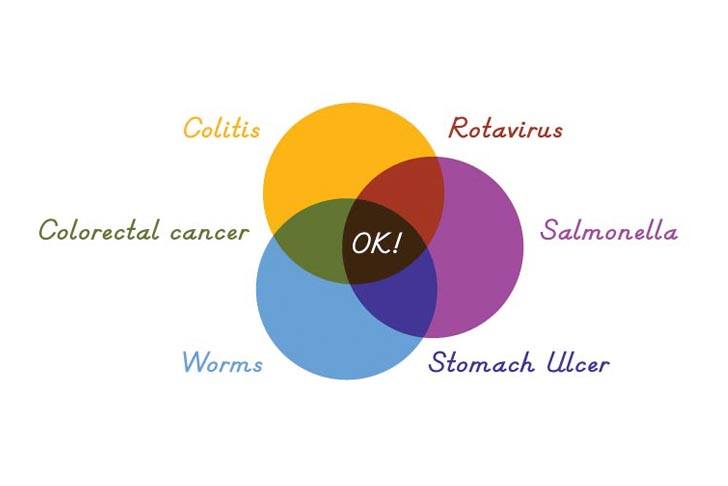INHALE is a cultural platform where artists are presented, where great projects are given credit and readers find inspiration. Think about Inhale as if it were a map: we can help you discover which are the must-see events all over the world, what is happening now in the artistic and cultural world as well as guide you through the latest designers’ products. Inhale interconnects domains that you are interested in, so that you will know all the events, places, galleries, studios that are a must-see. We have a 360 degree overview on art and culture and a passion to share.

Collaboration with
James King & the Cambridge University iGEM 2009 team
E. chromi is a collaboration between designers and scientists in the new field of synthetic biology. In 2009, seven Cambridge University undergraduates spent the summer genetically engineering bacteria to secrete a variety of coloured pigments, visible to the naked eye. They designed standardised sequences of DNA, known as BioBricks, and inserted them into E. coli bacteria. Each BioBrick part contains genes selected from existing organisms spanning the living kingdoms, enabling the bacteria to produce a colour: red, yellow, green, blue, brown or violet. By combining these with other BioBricks, bacteria could be programmed to do useful things, such as indicate whether drinking water is safe by turning red if they sense a toxin. E. chromi won the Grand Prize at the 2009 International Genetically Engineered Machine Competition (iGEM).
Designers Alexandra Daisy Ginsberg and James King worked with the team to explore the potential of this new technology, while it was being developed in the lab. They designed a timeline proposing ways that a foundational technology such as E. chromi could develop over the next century. These scenarios include food additives, patenting issues, personalised medicine, terrorism and new types of weather. Not necessarily desirable, they explore the different agendas that could shape the use of E. chromi and in turn, our everyday lives. This collaboration has meant that E. chromi is a technology that has been designed at both the genetic and the human scale, setting a precedent for future collaborations between designers and scientists.
Nominated for Designs of the Year Awards 2011.
Visit echromi.com for more details about the project.
via daisyginsberg.com





























































